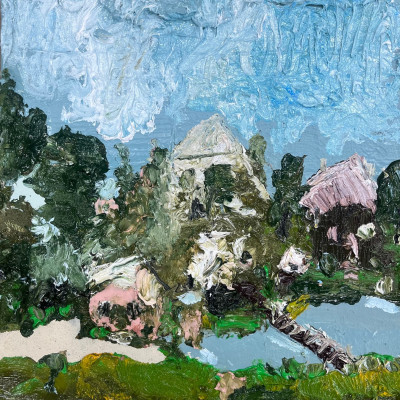Bastiaan van Stenis
Bastiaan van Stenis, born in
1981 in South Africa, is a descendant of the 19th-century English painter, John
Thomas Baines. He is primarily a self-taught artist, and his unique style is a
reflection of his passion for art and his diverse life experiences. In his own
words, “What drives me is the process; the act of creation is just another stop
on the way.”
Van Stenis embarked on his
professional artistic journey in the early 2000s. Since then, he has held
numerous exhibitions in both South Africa and abroad. Having lived and worked
in Europe for several years, his experiences there have profoundly influenced
his artistic expression.
His choice of subjects and
mediums is wide-ranging. He employs various paints, glues, paper, wax, and incorporates
found objects, along with taxidermy—a craft he deeply admires.
His sculptural works are
equally diverse, utilizing a range of materials he can find, such as wood,
metal, furniture, resins, and incorporating his taxidermy skills. The specimens
for his taxidermy projects are sourced from roadkill and occasionally through
contacts with veterinary clinics and neighboring farmers who encounter natural
losses of young livestock.
Van Stenis remains dedicated
to his crafts, persistently exploring new materials and techniques. His
motivation is to create art that is not only visually striking but also
emotionally resonant for himself, all while aiming to establish a profound
connection with his audience.
His works serve as a personal narrative, depicting the challenges of growing up and navigating the complexities of social norms, expectations, and definitions of self. Van Stenis confronts these notions as he portrays seemingly ordinary moments with a sense of simultaneous implosion and explosion—we become what we gather and experience. Memories etch themselves into us like defining marks. Emotions are collected, shaping our form. Our enduring essence lies in the smears that carry chosen identities. In this style that transcends definition, we embrace the classicism of artistry, the modernity of texture, the protest of neo-expressionism, and the potential for more.
Currently, van Stenis works
and resides in the Overberg area near Cape Town, South Africa.










